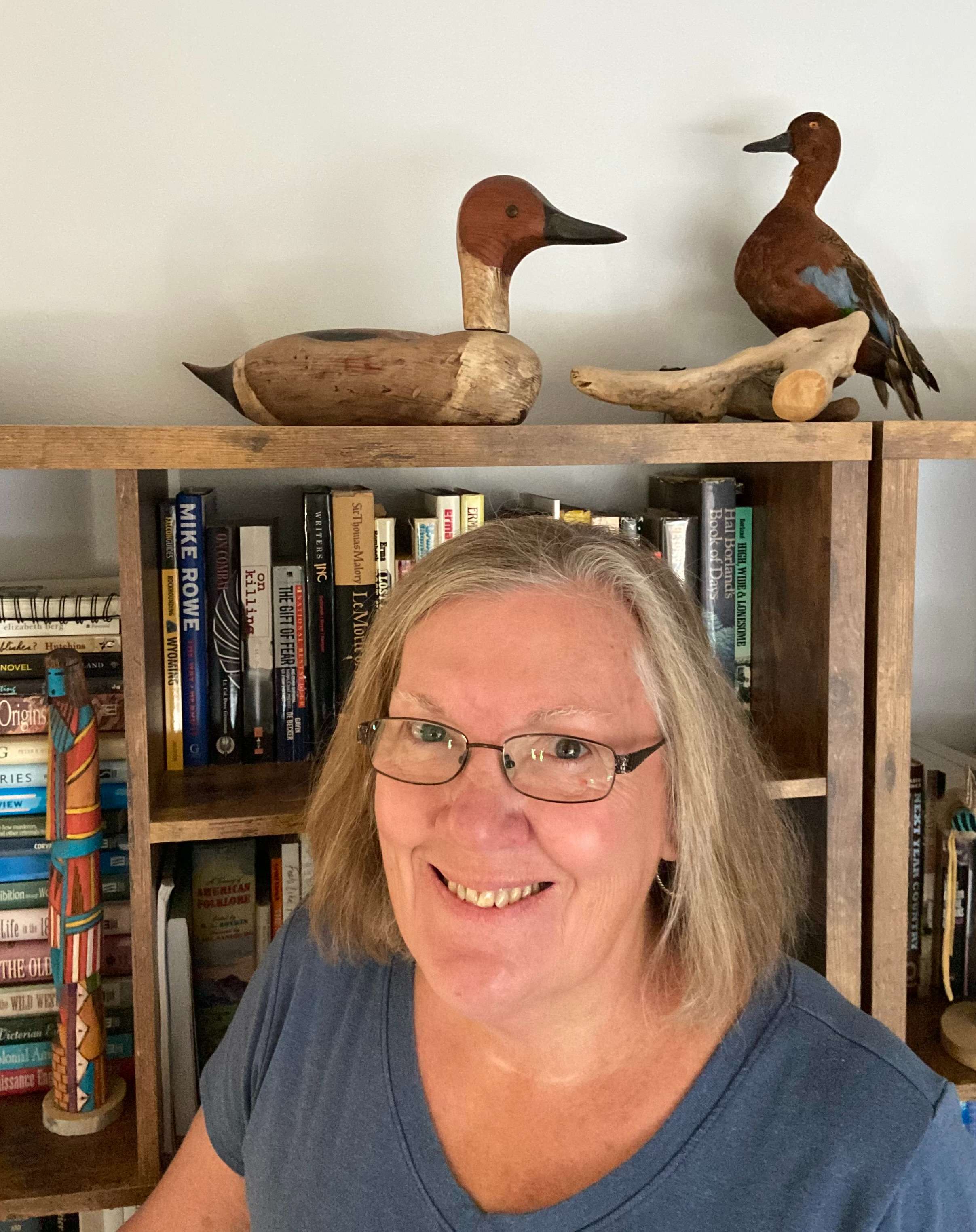
By KAREN MADORIN
Some enter this world eager to dig. From the time they first go outside, they find a stick or spoon and investigate what lies beneath them.
A few dirt lovers mature into agriculturists or big equipment operators. Others seek ancient life hidden in earth’s layers. Discovering fossilized teeth, bones and imprints offers a way to travel through time.
For those who don’t evidence of ancient life in their own yard or pasture, visit a local history museum to see what amateur paleontologists have shared. A trip to the Trego County Historical Museum offers a close look at fossilized remains of cretaceous sea creatures as well as prehistoric bison, imperial elephant, and mammoth bones from the Pleistocene Era. Local Purinton family members and others loaned this collection that permits visitors to stand up close and personal to regional creatures that existed during multiple geologic eras.

Guests enter the museum doors in 2023, but a short walk transports them back in time over 80 million years. Eyes widen as they spy remains of mosasaurs, squid, and other creatures that thrived in an ancient sea covering the middle of this continent. One display showcases a mouthful of fossilized teeth left behind by Ptychodus mortoni, an oyster crushing shark. Only a foot away rests the remains of a large inoceramus, a clam commonly found in this area. Those who wander Big Creek’s banks find fossilized bivalve remains that fit in their palms, but this one enormous example is a doozy . Whoever found it labored hours to release it from its rocky crypt.
While this big clam sieved seawater in its search for nutrients, fish swam nearby and pooped. On the same ranch where searchers found the clam, they also found shark teeth, fish jaw bones, and more clams. They discovered light-yellow, limestone ovals the size of quail and chicken eggs, now identified as fossilized fish dung that scientists call coprolites. Clearly, these deposits didn’t exit little fish.
Not only did fossil hunters find sea creatures, they also discovered Pteranodon bones.Imagine traveling through time to spy a 37-pound flying creature, riding hot air currents. It had abeak similar to a pelican’s so it could “scoop fish in its jaws and swallow them whole.” It would take a large beak to swallow the fish that left behind the coprolites displayed nearby.
Slide a few feet west of the sea creatures to time-travel millions of years forward to whenwaters had receded and the area morphed into a Pleistocene grassland. During that time, prehistoric bison and various mammoth species grazed this region. According to Sept. 9, 1974 University of Nebraska Museum Notes, “12 to 14-foot-tall mammoths ate from 800 to 1200 pounds of grass a day. Mastodonts such as Megabelodons joined these land mammals and browsed area leaves.” One Trego County farmer hit something while plowing. He discovered femurs and a partial tusk of a mastodont labeled an Imperial Elephant. Visit the Trego County Historical Society and marvel at the size of these leg bones.
Thank goodness, area museums make it possible to time travel often. This is necessaryfor humans who want to wrap modern brains around hard- to-pronounce names and difficult-to-imagine geologic eras. Visit often as a reminder the world changes over time. To make it more fun, invite a youngster along to see cretaceous and Pleistocene critters.






